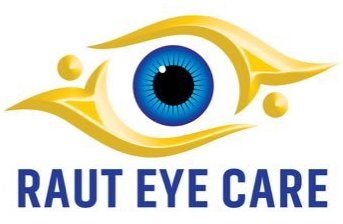
Visual Evoked Potential (VEP) test is a type of eye exam used to measure how well your eyes respond to visual stimulation.The test involves a series of quick flashes of light (called visual stimuli) which are projected onto the eyes.
In response to the flashes of light, your eyes produce a response which is recorded by electrodes placed against the scalp.The recorded response is known as a Visual Evoked Potential (VEP).
The VEP is used to measure the electrical activity in the visual pathways of the brain, and can be used to diagnose a variety of eye conditions and diseases.The test is non-invasive, painless and relatively quick to perform.
It is usually used to diagnose or monitor eye conditions such as glaucoma, macular degeneration and optic neuritis.






